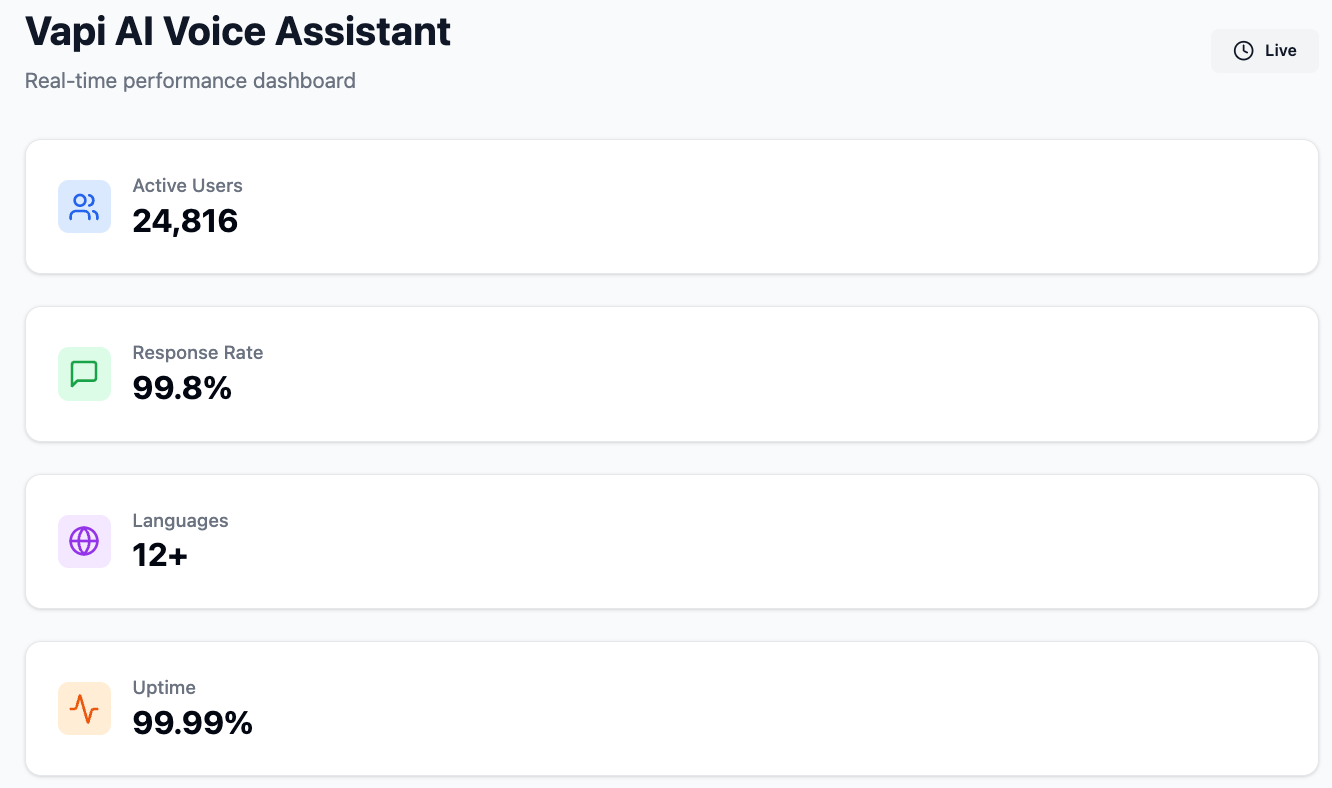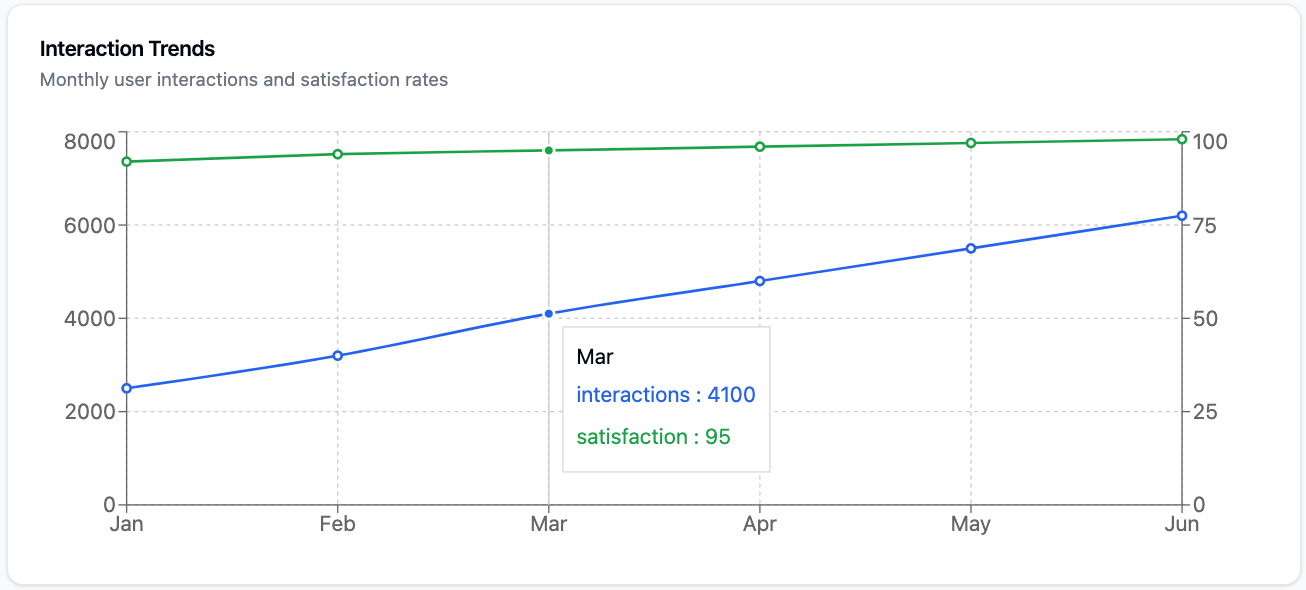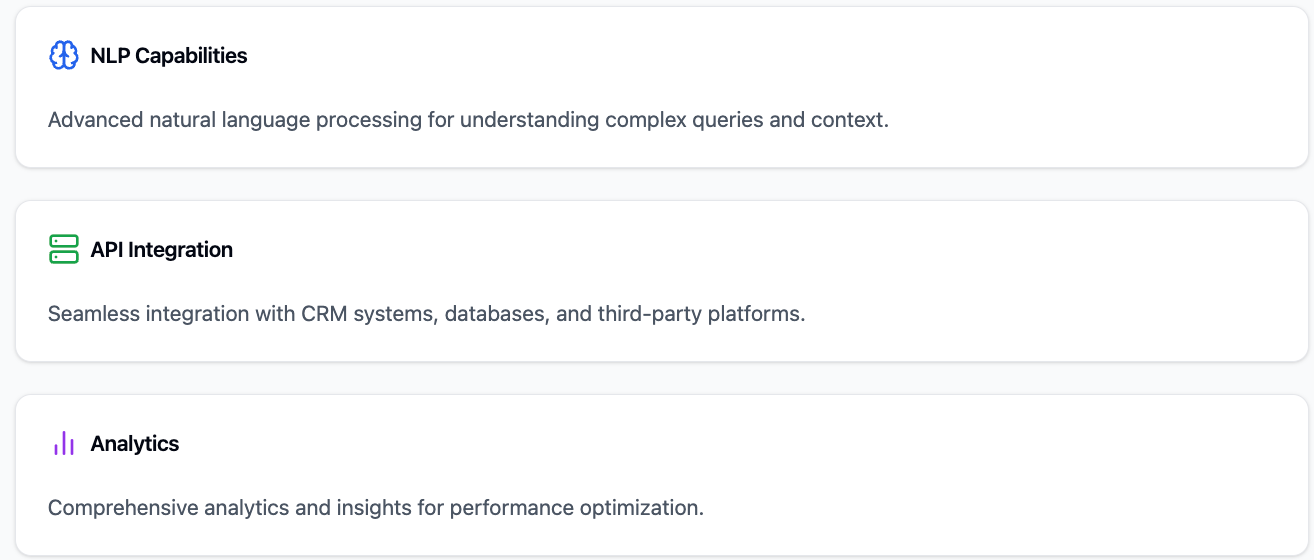How to Build a Voice Enabled Customer Service Bot with Vapi AI Easily
How to Build a Voice-Enabled Customer Service Bot with Vapi AI: A Step-by-Step Guide
In today’s crazy busy world, delivering great customer service while keeping operations running smoothly is key. Setting up a Vapi account is the first step in creating an AI voice assistant for inbound customer support. Voice-enabled customer service bots with Vapi AI are the answer to this problem, combining the convenience of human conversation with the scalability of automation. Acquiring a phone number is essential for the functionality of the voice bot. This guide will show you how to build and deploy a voice bot that will change your customer service game.
Let’s Get Started
1. Introduction to Voice Assistants
Voice assistants have revolutionized the way businesses interact with their customers. These AI-driven voice assistants leverage natural language processing to understand and respond to customer needs in a personalized manner. With the rise of voice technology, businesses can now create seamless and efficient customer experiences that were previously unimaginable. Platforms like Vapi AI empower businesses to build intelligent voice agents, enabling automated support centers that offer 24/7 availability and improved customer satisfaction.
Voice assistants offer numerous benefits, including the ability to handle multiple customer interactions simultaneously, provide 24/7 support, and deliver consistent service across all touchpoints. By integrating voice assistants into your business ecosystem, you can enhance customer satisfaction, reduce operational costs, and gain valuable insights into customer behavior.
In this section, we will explore the various advantages of voice assistants and how they can be seamlessly integrated into your business operations to transform your customer service.

1. Planning and Objectives
Before we get into the tech, you need to define what you want your voice bot to do. Setting up a new AI voice assistant using Vapi AI involves various configuration steps to enhance its performance and effectiveness in providing customer service. Start by identifying your customer service pain points and which processes can be automated. Common objectives are:
-
Reducing wait times for common questions
-
24/7 support
-
Scheduling and managing appointments
-
Routine account updates and info requests
-
Supporting multiple languages for international customers
2. Vapi AI
Vapi AI’s platform is where you’ll build your voice bot. The platform allows you to build intelligent voice agents that can handle a variety of customer interactions efficiently. The platform has an intuitive interface that lets you:
-
Design conversational flows that mirror human conversation, ensuring natural language understanding and effective management of user intents
-
Create custom response templates for different scenarios
-
Set up conditional logic for different customer inputs
-
Configure fallback responses for unexpected situations
-
Configure voice settings, including transcription and text-to-speech options, to enhance the bot’s performance and responsiveness
3. Technical Setup for Natural Language Processing
The technical part involves:
- API Integration: Connect your voice bot to your existing systems through Vapi’s APIs to access:
-
CRM systems
-
Product databases
-
Appointment scheduling systems
-
Order management platforms
-
Data extraction for accessing relevant information from text
- NLP Configuration: Fine-tune the NLP to:
-
Recognize industry-specific terminology
-
Handle different accents and dialects
-
Understand context-dependent queries
-
Process complex customer intent
-
Select appropriate background sound to enhance performance
- Testing and QA: Implement a testing strategy that includes:
-
User acceptance testing with different customer profiles
-
Load testing for high-volume scenarios
-
Edge case testing
-
Multi-channel testing
Designing a Conversational Flow
Designing a conversational flow is crucial for creating a seamless customer experience. A well-designed conversational flow is essential for the effectiveness of an AI voice assistant, ensuring it can handle various customer interactions smoothly. A well-designed conversational flow ensures that customers can easily navigate through the voice assistant and find the information they need. To design an effective conversational flow, you need to understand your customer’s needs and create a flowchart that outlines the different conversation paths.
Start by identifying the different intents, entities, and responses that the voice assistant will use to interact with customers. This involves mapping out various scenarios and determining how the voice assistant should respond to different customer inputs. By creating a detailed flowchart, you can ensure that the voice assistant provides accurate and helpful responses, leading to a more satisfying customer experience.

Understanding Customer Needs
Understanding customer needs is essential for creating a voice assistant that provides real value. To gain insights into customer needs, analyze customer interactions, and identify patterns and trends. This can be achieved by examining customer feedback, conducting surveys, and monitoring social media conversations.
By understanding customer needs, you can design a conversational flow that addresses their pain points and offers personalized solutions. This not only enhances the customer experience but also builds trust and loyalty. Remember, the more you know about your customers, the better you can tailor the voice assistant to meet their expectations.
Creating a Seamless Experience
Creating a seamless experience is critical for ensuring customer satisfaction. A seamless experience means that customers can easily interact with the voice assistant and quickly find the information they need. To achieve this, it is important to integrate the voice assistant with your business ecosystem, allowing it to access relevant data and information.
Integrate the voice assistant with your CRM, ERP, and other business systems to ensure it can provide accurate and up-to-date information. This integration enables the voice assistant to handle tasks such as checking account balances, scheduling appointments, and providing product information efficiently. By creating a seamless experience, you can ensure that your customers receive the best possible service, leading to higher satisfaction and loyalty.

Integrating Vapi AI with Your Website or Platform
Integrating Vapi AI with your website or platform is a straightforward process that can significantly enhance your user experience. To get started, you’ll need to create a Vapi account and obtain an API key. This key will be your gateway to accessing Vapi’s powerful features.
Once you have your API key, the next step is to add a script to your website’s HTML code. This script will enable your site to communicate with the Vapi API, allowing you to leverage its capabilities to provide a more personalized experience for your users. With Vapi AI, you can utilize natural language processing to understand and respond to user requests effectively.
For instance, you can create a voice assistant that helps users navigate your website or answer frequently asked questions. This not only improves user satisfaction but also frees up your customer service team to handle more complex inquiries. Additionally, Vapi AI can analyze customer interactions, providing valuable insights that can help you optimize your website’s user experience.
By integrating Vapi AI, you can transform your website into an interactive platform that meets your users’ needs more efficiently and effectively.
Deploying and Scaling Your Voice Agent
Once your voice agent is ready, deploying it to a production environment is the next crucial step. This involves setting up a server or hosting platform capable of handling incoming requests and routing them to your voice agent. You have several options for deployment, including cloud-based platforms like AWS or Google Cloud, or on-premises solutions such as a dedicated server or virtual private server.
Scalability is a key consideration during deployment. Your voice agent must be able to handle a large volume of requests without performance degradation. Implementing load balancing and auto-scaling can help manage sudden spikes in traffic, ensuring a smooth user experience.
Security is another critical aspect. Protecting user data is paramount, so you should implement robust security measures such as encryption and access controls. This will prevent unauthorized access and ensure that your voice agent operates securely.
By carefully planning your deployment strategy, you can ensure that your voice agent is both scalable and secure, ready to provide exceptional service to your users.
Testing and Refining Your Voice Agent
Testing and refining your voice agent is an ongoing process that ensures it performs optimally and meets user expectations. There are several methods to test your voice agent, including manual testing, automated testing, and user testing.
Manual testing involves directly interacting with your voice agent to identify any functional or user experience issues. Automated testing uses software tools to simulate interactions, helping you evaluate performance under various scenarios and uncover issues that might not be evident through manual testing.
User testing is invaluable as it involves real users interacting with your voice agent. This provides authentic feedback on the user experience and highlights areas for improvement. Analyzing user feedback and analytics data is crucial for refining your voice agent. This data-driven approach allows you to make informed decisions on how to enhance its performance.
By continuously testing and refining your voice agent, you can ensure it remains effective and user-friendly, providing a high-quality experience for your customers.
Impact: Benefits and Use Cases for Customer Satisfaction
Game-Changing Benefits of AI-Driven Voice Assistants
Voice-enabled customer service bots have many benefits that will change your business:
Operational
-
24/7 always on so no customer question goes unanswered
-
The setup process for the AI assistant includes configuration parameters such as emotional detection and response settings, enhancing its functionality to optimize customer service efficiency.
-
Multiple conversations at once so no bottlenecks
-
Consistent service across all touchpoints
-
Reduced operational costs through automation of routine tasks
-
Voice agents can handle multiple conversations simultaneously, ensuring no customer query goes unanswered.
Customer
-
Natural conversation that feels more human
-
Instant response to common questions
-
Multiple languages for global customers
-
Escalation to human agents when needed
Business
-
Deep analytics on customer behavior
-
Insights into common issues and pain points
-
Data-driven opportunities to optimize
-
Forecasting for proactive service
Use Cases
Companies across industries are using voice bots in these ways:
Voice agents can automate routine support tasks, providing instant responses to common questions and freeing up human agents for more complex issues.
Customer Support Automation Automate routine support tasks:
-
Account balance checks
-
Password resets
-
Order status checks
-
Product info requests
-
Basic troubleshooting guides
When designing voice interactions, it is crucial to follow best practices to ensure natural language understanding and smooth conversation flow. This involves using clear language and responding appropriately to user intents.
Appointment Management Simplify scheduling:
-
Automated appointment booking
-
Reminders
-
Rescheduling
-
Cancellation management
-
Follow up scheduling
Proactive Customer Engagement Engage with customers:
-
Personalized product recommendations
-
Service renewal reminders
-
Feedback collection
-
Promotional campaigns
-
Customer satisfaction surveys
Measuring the Success and ROI of Your New Assistant
Measuring the success and ROI of your new assistant involves tracking key metrics and evaluating its performance over time. Important metrics include user engagement, customer satisfaction, conversion rates, and return on investment (ROI).
User engagement can be measured by tracking the number of users interacting with your voice agent and the frequency of these interactions. Customer satisfaction can be gauged through user feedback and ratings, providing insights into how well your voice agent meets user needs.
Conversion rates track the number of users who complete desired actions, such as making a purchase or scheduling an appointment, indicating the effectiveness of your voice agent in driving business goals. ROI can be calculated by comparing the revenue generated by your voice agent to its costs, considering both direct benefits like increased revenue and indirect benefits such as improved customer satisfaction.
By regularly monitoring these metrics, you can assess the impact of your voice agent and make data-driven decisions to optimize its performance.
How to Succeed
To get the most out of your voice bot:
-
Start Small and Scale: Begin with a specific set of capabilities and scale up based on performance and feedback.
-
Prioritize Natural Conversation: Design conversational flows that feel human.
-
Monitor and Optimize: Regularly check performance metrics and user feedback to find areas to improve.
-
Human oversight: Automation is powerful but has human agents on standby for complex situations.
-
Update and Evolve: Keep your bot’s knowledge base and capabilities up to date with changing customer needs.
Conclusion and Next Steps
In conclusion, creating a voice agent with Vapi AI is a powerful way to enhance your website’s functionality and provide a more personalized experience for your users. By following the steps outlined in this guide, you can create a voice agent that helps you achieve your business goals and improve your bottom line.
The next steps may include refining your voice agent’s performance based on user feedback and analytics data, expanding its functionality to include new features and capabilities, and integrating it with other tools and platforms to create a more seamless user experience. Continuously monitoring and evaluating your voice agent’s performance will ensure it remains aligned with your business goals.
By following these next steps, you can ensure that your voice agent continues to provide value to your business and your users over time.
Summary
An AI voice assistant with Vapi AI is an investment in your customer service. Voice agents can handle routine tasks efficiently, allowing human agents to focus on more complex issues. By planning your implementation, using the platform, and following best practices you can create a powerful tool that improves customer satisfaction and reduces operational costs.
Remember implementation is an iterative process. Start with clear goals, measure results, and refine as you go based on real-world performance and feedback. With the right strategy and approach your voice bot will be a game changer for your customer service.
